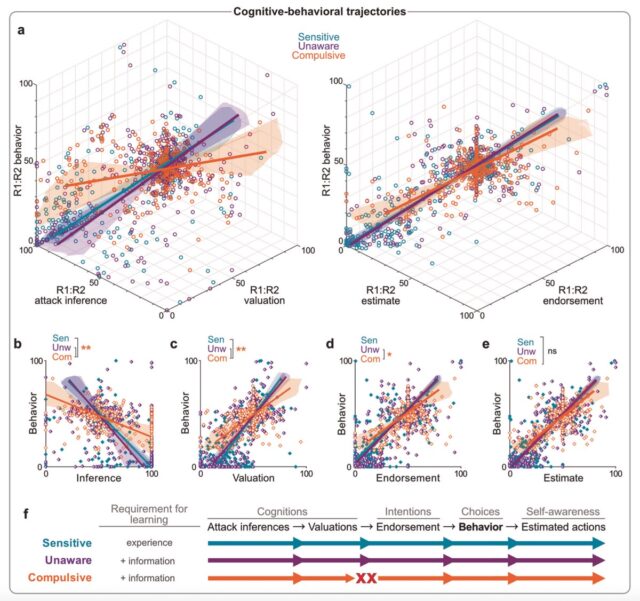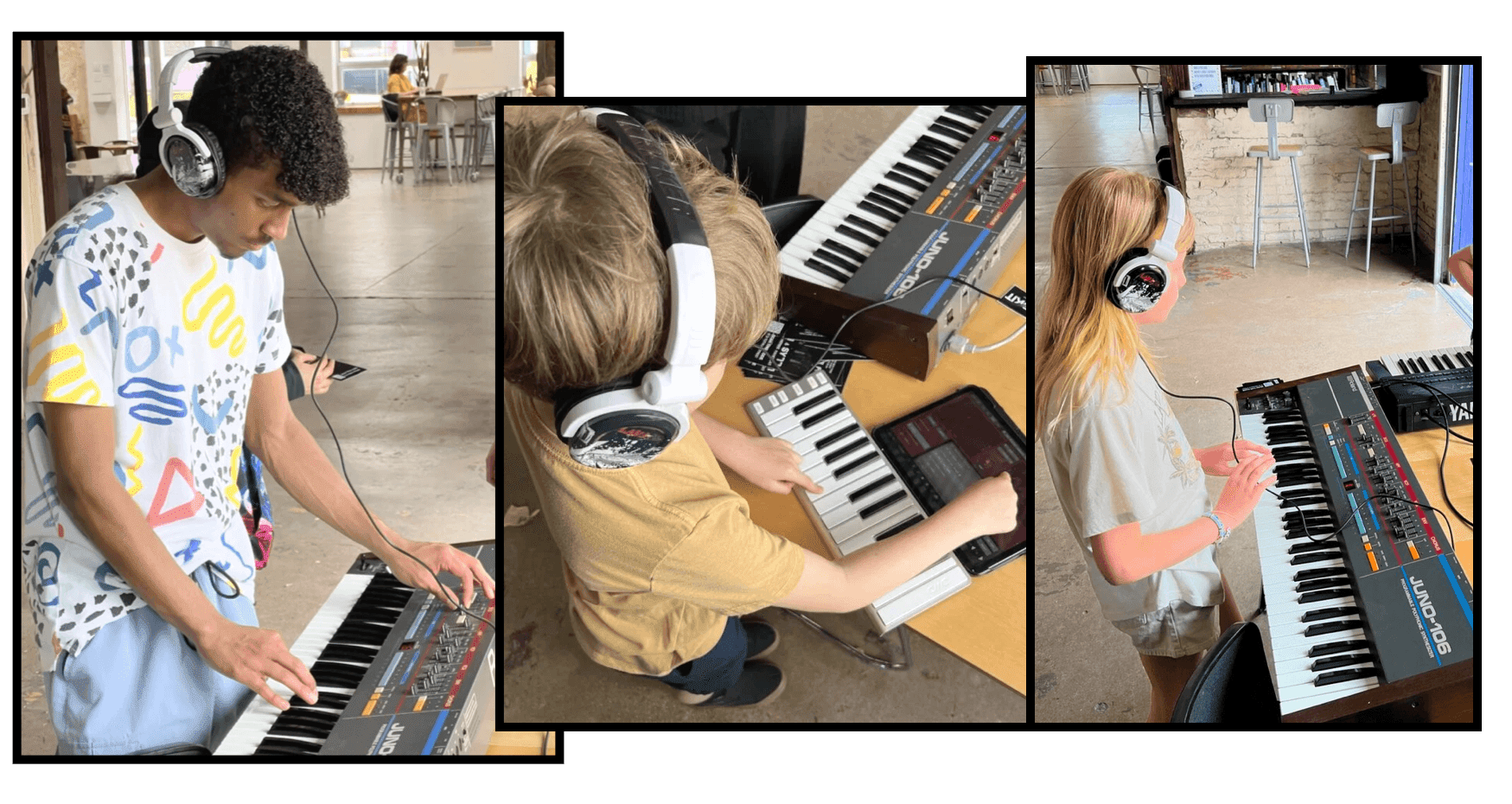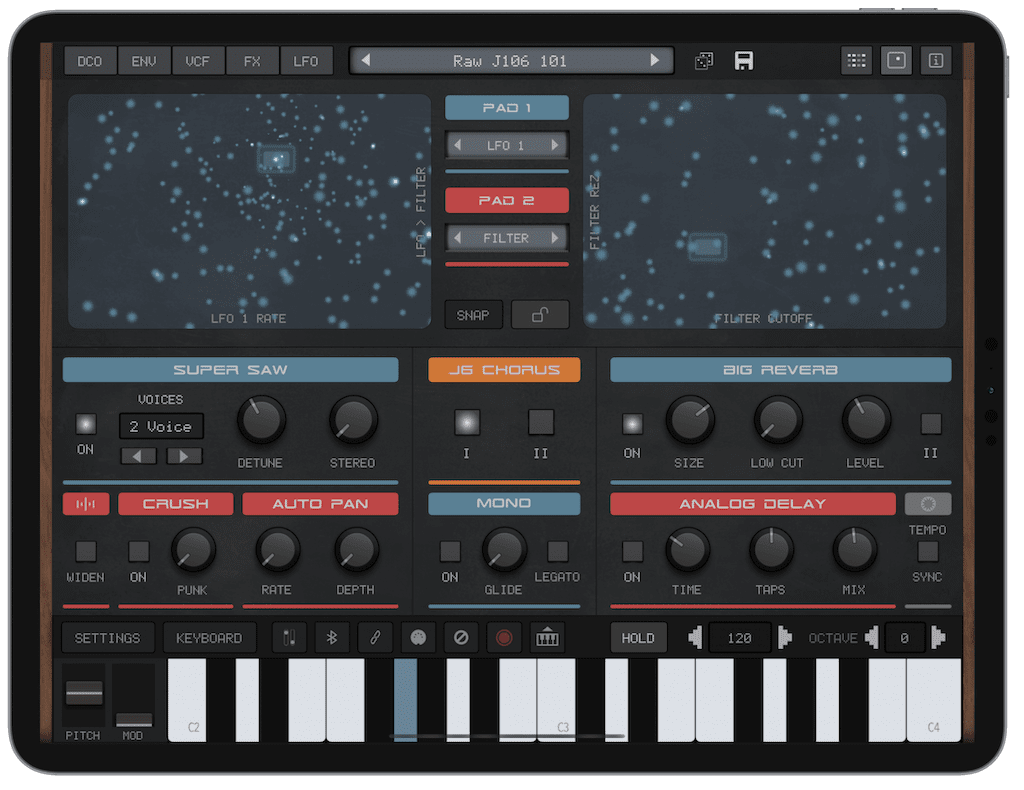
I recently wrote about duplicating iCloud Drive and iCloud Photos to a network-attached storage (NAS) system. This struck a nerve for folks who want to keep full-resolution backups of their Photos Library when they don’t have enough local storage. (That column was focused on not needing to keep your Mac powered up to handle these iCloud offline backups when the Mac was otherwise not in use.)
Readers wrote in or replied via social media with strategies and workarounds, as well as suggesting three software options that can let you sync iCloud Photos outside of Apple’s limitations. Meanwhile, a developer dropped a line to Jason about his new app, which can sync and archive iCloud Photos and files from iCloud Drive.
This feels like it shouldn’t work, but it does
Six Colors reader Mark has a rather elaborate process of keeping a local backup of his Photo Library without enabling full-resolution downloads for his primary account and startup volume.
He started by creating a Photos Backup macOS user. While logged into Photos Backup, he logged into his primary iCloud account, the same one he uses in his main macOS account. On that backup account, he set up an external 2 TB drive and, holding down Option while launching Photos, created his Photos Library on that drive.

He then used Photos > Settings > General to click Use as System Photo Library, which is required for iCloud Photos syncing. He also enabled Download Originals to this Mac in Photos > Settings > iCloud. Because he also has a Backblaze subscription, he enabled that service to back up his external 2 TB volume as an additional off-site protection.1
This was all a one-time setup. Now, whenever he wants to perform his on-demand backups, Mark:
- Attaches the 2 TB drive.
- Logs into Photos Backup, which effectively starts the background syncing.
- Uses Fast User Switching to return to his main account.
When he needs to leave his current location, he swaps back to the Photos Backup account, logs out of it (Apple Menu > Logout Account Name), unmounts the external volume, and he’s all set. I have not tested this, but Mark says it works, despite the complexity.2
Mark asked, “Am I crazy, or is this an OK solution?”
You’re not making an irrational decision, Mark! This is a perfectly reasonable way to achieve results with limited options.
The only failure point I can see is very unlikely:
- You’re on the road.
- You create, modify, or capture new images on devices you carry with you.
- Those devices are lost or destroyed after syncing.
- And your iCloud.com account becomes inaccessible, or the data stored there is corrupted.
Losing your device or having it damaged beyond recovery before syncing is a scenario you can’t avoid in the above method, anyway.
Image Capture and offloading
Reader Jonathan wrote in with a strategy he was using for media management because his family opted to pay for just 200 GB of iCloud+ storage. He also has a Backblaze subscription. Instead of keeping everything in the cloud, he would offload images from time to time:
Normally, I would log into iCloud on my Mac, go to Photos, and then download the latest files to my external hard drive that gets backed up to Backblaze. Is that the best method?
As we corresponded, I found that Jonathan was also curious about how he would copy files that were not downloaded locally if optimization were enabled.
I had not thought of this strategy, either, which can work:
- If optimization is off: You can move media from your Mac’s Photo Library at any time without preparation. The size of your library on your drive is within about 20% of the storage it takes up on iCloud.
- If optimization is on: You have to stay more on top of adding images and videos so you don’t accidentally fill up your iCloud storage.
To remove media from a Photos Library for an archiving operation like Jonathan employs:
- Select the media in Photos for Mac.
- Choose File > Export and one of the options described below.
- Press Delete or choose Image > Delete Photos.3
- This moves media to the Recently Deleted folder. After ensuring you have an additional backed-up copy, such as through Backblaze, Time Machine, or other methods, go to the Recently Deleted folder, click Delete All, and confirm deletion.
Which of the two Export submenu items should you opt for?
- Export X Photos: The export includes any modifications made in Photos and any metadata changes. The photo is converted to the format (Photo Kind) with any quality, color profile, and size options set. (Set to Full Size to preserve the original dimensions.)
- Export Unmodified Originals for X Photos: The original photo as imported or created will be exported, including in any supported RAW format, with all modifications ignored.

You can also make life easier on yourself by springing for PowerPhotos 3 ($40), a robust Photos Library management app. It can move items between libraries, split and merge libraries, and much more. The operation above would be far simpler: just hold down the Command key and drag the media from one library to another within the app.4
Jonathan has used Image Capture in the past to copy media from his iPhone to the external drive, although he had optimization turned on for the phone, so he wasn’t sure if he was copying full-resolution images or low-resolution thumbnails.
Apple will never copy low-resolution images through sharing or copying from the Photos app or using Image Capture. However, with optimization enabled, Image Capture shows only images and videos that are downloaded to that device. On my iPhone, for instance, Image Capture showed about 7,000 items available for copying; my Photos Library has nearly 70,000.
I command you to download and sync
There are four software solutions—two fully developed apps, two Python command-line packages—to back up an iCloud-linked Photos Library, even when optimization is enabled. Each has unique elements, including one of the Python tools working via a web connection. (I have not tried any of these packages or apps yet! And using Python for this is definitely on the edge of my personal geekiness level.) I also shout out Carbon Copy Cloner for iCloud Drive backups.
Here are the details. The three Mac apps are:
Photos Backup Anywhere (App Store, $10): Allows simple background backup of the Photos Library to any local destination, including NAS. The app temporarily downloads any newly synced images that aren’t stored locally. (Referral via reader Ted)
Parachute Backup (App Store, $5): A slightly more elaborate background Mac tool that lets you choose to backup either or both the Photos Library, including iCloud-stored images and iCloud Drive. (Newly released, referral via the developer, Eric Mann)

Carbon Copy Cloner ($50): If you’re looking just for iCloud Drive file backups, CCC can download iCloud-stored files and then dismiss the local copy after backup—usually. There are oceans of provisos, as Bombich Software explains in this support note.
If you’re into command lines, installing packages, reading documentation, and tweaking results, you may find that either of the two options above will let you back up or create different kinds of archived copies that hit the sweet spot for you:
iCloud Photos Downloader: Adam Bodner pointed me on Mastodon to iCloud Photos Downloader, a Python-based system that lets you perform various syncing and download operations, including copying media out of your library and then deleting it from iCloud Photos. The app communicates with Apple’s servers directly via a web connection. I’m not sure how they have made this all work, but it apparently does!5
OSXPhotos: Another Python-based option, also from a Mastodon colleague, comes via geraint, who pointed me to OSXPhotos. Rather than talking to iCloud.com, OSXPhotos routes its requests through the Photos app. However, it also has a remarkable range of capabilities, including detecting if an optimized image is in place and forcing a download with the correct options selected.
[Got a question for the column? You can email glenn@sixcolors.com or use /glenn in our subscriber-only Discord community.]
- That gets him the classic formulation of a 3-2-1 backup: have a minimum of three copies on two distinct kinds of media with at least one offsite copy. The “distinct media” element is a bit outdated, but I think “on more than one storage device” is a reasonable replacement. ↩
- You can’t have two different iCloud users on the same or different Macs sync the same Photo Library, and you can’t have the same iCloud user logged into two different macOS accounts on the same computer access the same Photos Library file. However, it appears Mark’s case of two accounts, each with their own Photos Library file, is working. ↩
- The Photos label is contextual and will say Photo for 1 image, Photos for multiple, Video(s) for videos, and Item(s) for a mix of photos and videos. ↩
- Adding Command to a copy turns it into a move across volumes in the Finder and other apps—something I learned about only a decade or so ago. Within a volume, adding Command turns a move into a copy. ↩
- Because of its approach, iCloud Photos Downloader won’t work if you have disabled using a web browser to access iCloud data or have enabled iCloud’s Advanced Data Protection (ADP). You can find those settings at System Settings/Settings > Account Name > iCloud as Advanced Data Protection and Access iCloud Data on the Web. Both have to be turned off. ↩
 Cognitive-behavioral trajectories of behavioral phenotypes.
Credit:
L. Zeng et al., 2025
Cognitive-behavioral trajectories of behavioral phenotypes.
Credit:
L. Zeng et al., 2025







